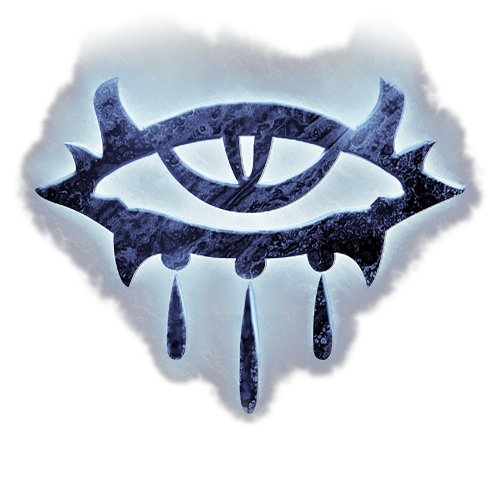(d2 is a coin) |
(rewritting simulation portion) |
||
| (One intermediate revision by one other user not shown) | |||
| Line 2: | Line 2: | ||
The singular form of "dice" is "'''die'''", i.e., one die, two or more dice. |
The singular form of "dice" is "'''die'''", i.e., one die, two or more dice. |
||
| − | * d2 : a die with 2 sides |
+ | * d2 : a die with 2 sides, equivalent to a coin flip |
| − | * d3 : a |
+ | * d3 : a die with 3 sides |
* d4 : a die with 4 sides |
* d4 : a die with 4 sides |
||
* d6 : a die with 6 sides |
* d6 : a die with 6 sides |
||
| Line 12: | Line 12: | ||
* d100: a die with 100 sides |
* d100: a die with 100 sides |
||
| − | In [[pen and paper]], |
+ | In [[pen and paper]], three of these dice (d2, d3, and d100) were not distributed by DND but rather were assumed to be simulated- a d100 by rolling two non-identical d10s, where one d10 represents the tens digit and the other the ones, and the d2 and d3 by subdividing the the sides of the die into two or three sets. These rare dice are sold by different vendors, typically as spherical dice or dice with curved surfaces, as there is no fair (equal probability) polyhedral substitute for them. |
[[category:game rules]] |
[[category:game rules]] |
||
Latest revision as of 18:13, 23 December 2014
Dice are items with multiple sides used to randomly decide the outcome of an event. This is done with a dice roll. The singular form of "dice" is "die", i.e., one die, two or more dice.
- d2 : a die with 2 sides, equivalent to a coin flip
- d3 : a die with 3 sides
- d4 : a die with 4 sides
- d6 : a die with 6 sides
- d8 : a die with 8 sides
- d10 : a die with 10 sides
- d12 : a die with 12 sides
- d20 : a die with 20 sides
- d100: a die with 100 sides
In pen and paper, three of these dice (d2, d3, and d100) were not distributed by DND but rather were assumed to be simulated- a d100 by rolling two non-identical d10s, where one d10 represents the tens digit and the other the ones, and the d2 and d3 by subdividing the the sides of the die into two or three sets. These rare dice are sold by different vendors, typically as spherical dice or dice with curved surfaces, as there is no fair (equal probability) polyhedral substitute for them.
